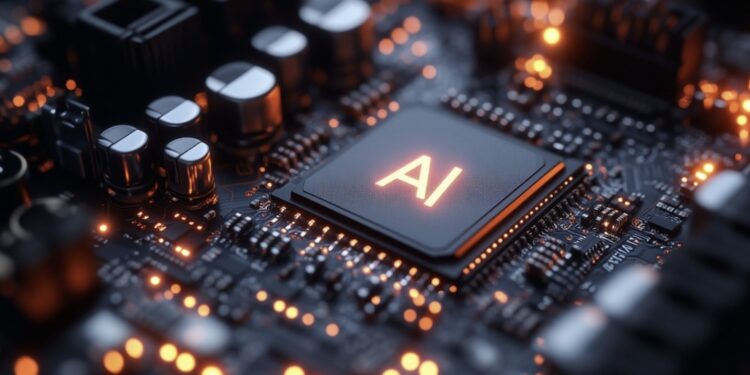There is a growing acrimoniousness in the artificial intelligence (AI) chip sector driven by a witches’ brew of geopolitical tensions, trade barriers and cutthroat competition. One major flash point has been the United States recent tightening its export controls on advanced AI chips to China, reverberating through the global tech ecosystem.
These new rules, which went into effect in April 2025, intend to block China access to high-performance computing chips that would directly benefit its military and erode American technological lead.
The restrictions now extend to chips with processing power as great as that of Nvidia’s H20 product, which was crafted as a way to work around earlier export constraints.
The move has drawn fierce criticism from Beijing, which has accused the U.S. of “unilateral bullying and protectionism” and promised to take countermeasures to protect its own interests. These actions seriously damage the legitimate rights and interests of Chinese enterprises and disrupt global technology supply chains, China’s commerce ministry said.
Nvidia, one of the world’s top designers of A.I. chips, expects a significant $5.5 billion hit to its first-quarter revenue because of the updated export regulations. In retaliation, the company appears to be about to send AI chips, changed to meet the new regulations, to China.
These chips, based on Nvidia’s Hopper architecture, will include GDDR7 memory as opposed to the high-bandwidth memory (HBM) that is necessary for top-tier AI compute. Nvidia is also rumored to be working on a GDDR7 variant of its next-gen Blackwell Silicon for the chinese market.
As the U.S. restricts Nvidia’s market access in China, domestic players such as Huawei are taking advantage. It also looks like Chinese firms that produce AI devices are more commonly integrating Huawei’s AI chips into their offerings, which is enabling Huawei to become a real contender in the rapidly growing Chinese AI space that Nvidia’s Jensen Huang has estimated could grow to be a $50 billion market in the years to come.
To stay relevant in this important market, Nvidia is said to be contemplating the opening of a research and development facility in Shanghai. It would work to create products better suited to the Mexican market and in compliance with U.S. export restrictions. Local officials have been offering incentives to attract Nvidia’s investment, people familiar with the discussions have said.
The mounting AI chip frictions point to the complicated dance between technology development and geopolitics. With the global race for AI dominance heating up, the semiconductor business is emerging as a highly contested sector, armed with huge trade, supply chain and diplomatic consequences.
















